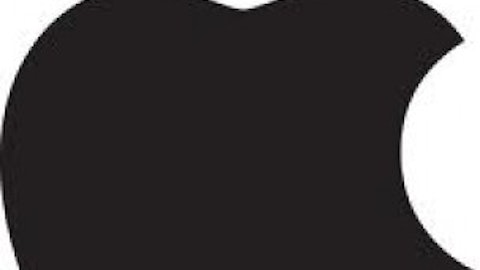Just as we examine companies each week that may be rising past their fair value, we can also find companies potentially trading at bargain prices. While many investors would rather have nothing to do with companies tipping the scales at 52-week lows, I think it makes a lot of sense to determine whether the market has overreacted to the downside, just as we often do when the market reacts to the upside.
Here’s a look at three fallen angels trading near their 52-week lows that could be worth buying.
An Internet monopoly
I hope you’re sitting down because I’m breaking a bunch of my normal investing rules here with this first risky pick, Gogo Inc (NASDAQ:GOGO).
Gogo Inc (NASDAQ:GOGO) only made its debut on the NASDAQ Composite (INDEXNASDAQ:.IXIC) about six weeks ago, but it’s been met with stiff selling since it began trading. To some extent the selling does make sense, as Gogo has yet to prove it can turn a profit and has seen expenses balloon as it builds out its Wi-Fi-capable infrastructure. In addition, Gogo Inc (NASDAQ:GOGO) is always going to be at the mercy of the success of the airline industry, which has historically not been very encouraging. A tough economy could yield weaker traffic and less demand for Gogo’s broadband services.
As for me, I see big things for this high-in-the-sky Internet monopoly. Gogo Inc (NASDAQ:GOGO) currently has 10-year partnerships in place to provide in-flight Internet with Delta Air Lines, Inc. (NYSE:DAL), American Airlines, Virgin America, US Airways Group Inc (NYSE:LCC), Alaska Air Group, Inc. (NYSE:ALK), Frontier, and AirTran (now owned by Southwest Airlines Co. (NYSE:LUV)). The earliest of these locked-in contracts doesn’t even expire until 2018, and it already has approximately 85% of all commercial flights in the U.S. hooked up to run its Wi-Fi system.
Best of all, it’s finding success by partnering up with Iridium Communications Inc. (NASDAQ:IRDM), best known for its vast array of satellite communications coverage around the globe, to sell its Gogo Biz to business aviation clientele and distance its reliance on commercial airlines.
With revenue growth expected to have jumped by more than tenfold between 2009 and 2014, and a handful of long-term contracts, I feel Gogo Inc (NASDAQ:GOGO) is in a uniquely advantageous position to profit in a big way from airline customers.

Reasons to be “chipper”
Last week had to be among the roughest weeks to be a Broadcom Corporation (NASDAQ:BRCM) shareholder in six years, with its stock plunging about 19% after offering a sales forecast for the upcoming quarter that fell short of Wall Street’s estimates. Despite reporting an adjusted second-quarter profit of $0.70 per share ($0.01 better than expected), its sales range of $2.05 billion to $2.20 billion next quarter, compared with an expected $2.25 billion, has many investors worried that Broadcom Corporation (NASDAQ:BRCM)’s customers may be choosing to switch to rivals like QUALCOMM, Inc. (NASDAQ:QCOM) . What I’m here to say is that those concerns are real, but the level to which shareholders reacted to the downside is largely overstated.
There is a good side, a steady side, and a downside to Broadcom Corporation (NASDAQ:BRCM). The downside is that it’s pretty much been left in the dust with regard to delivering newer connectivity technology in 4G LTE-capable wireless devices. It does have deals in place with Apple Inc. (NASDAQ:AAPL) and select Samsung models, but it predominantly dominates in lower-priced and older smartphone models. To that end, Broadcom has decided to instead try to compete with QUALCOMM, Inc. (NASDAQ:QCOM) in baseband processors, which, if my arm were twisted, I don’t suspect will end well.
But is that really bad news? Actually, it could be a blessing in disguise as it gives Broadcom Corporation (NASDAQ:BRCM) ample opportunity to dominate lower margin, but still high-demand, connectivity products in 3G devices in emerging markets around the world that don’t have 4G-capable infrastructure yet. Theoretically, it could have a decade or more of dominance and hefty cash flow generation left from overseas demand.



